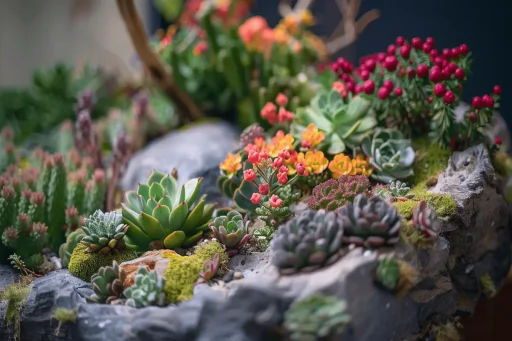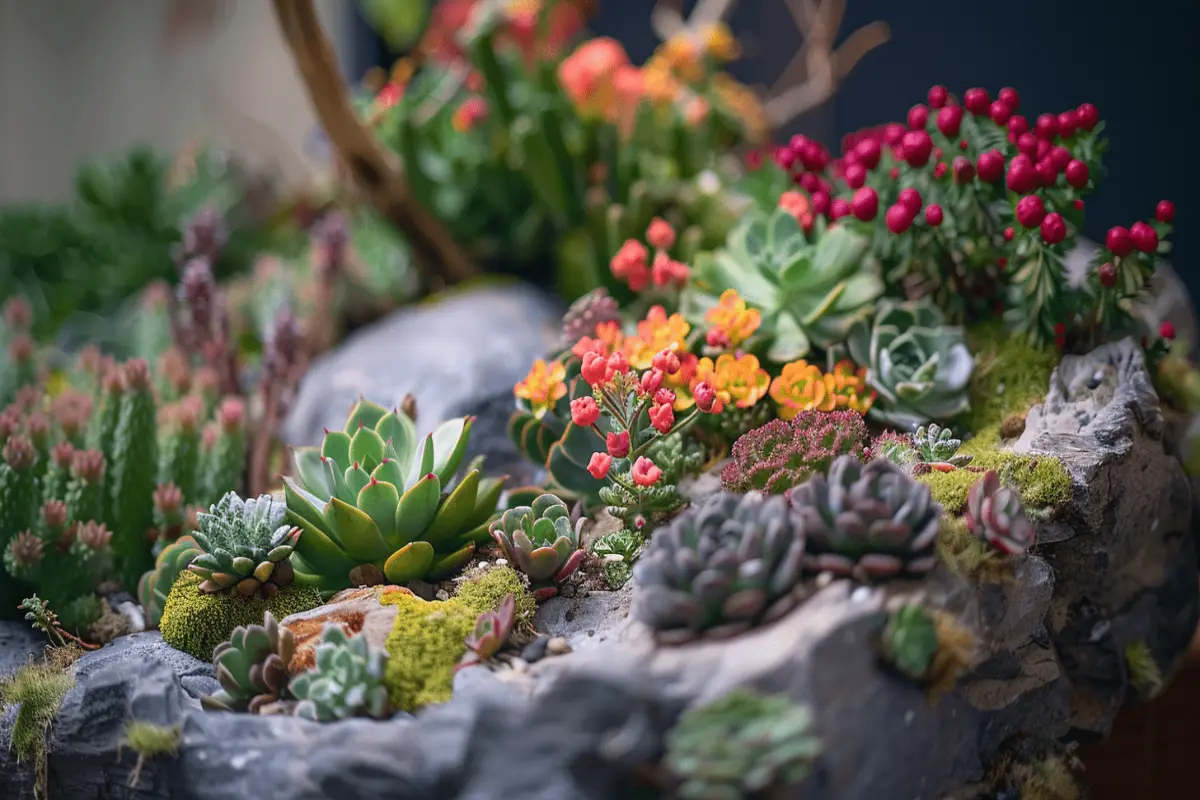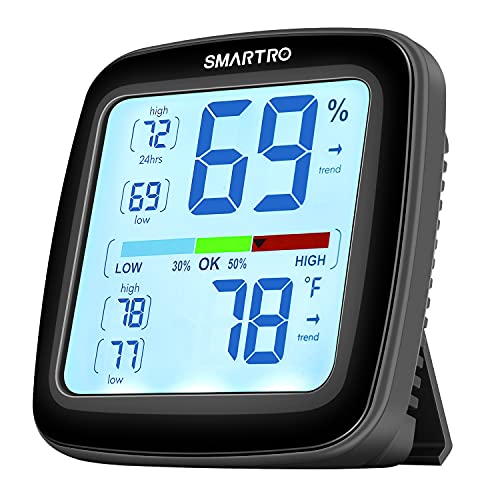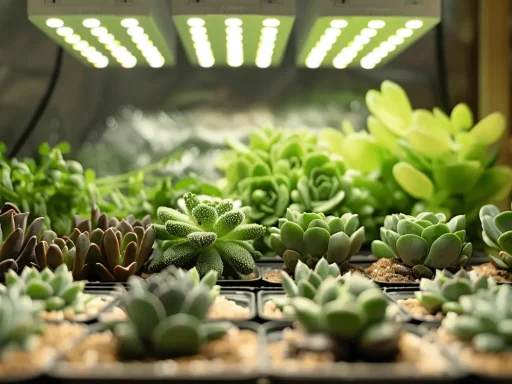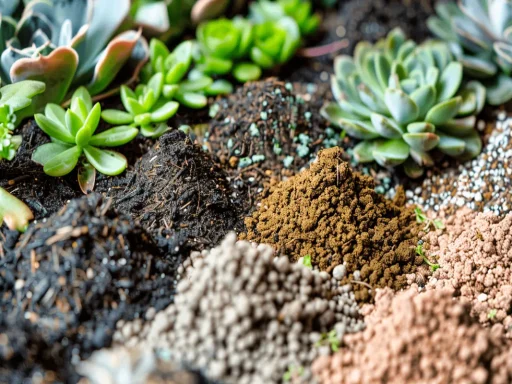Imagine your succulents as delicate dancers, each with their preferred rhythm. Just like dancers need the perfect beat to perform their best, succulents also have an ideal temperature range that helps them flourish.
But, what exactly is this sweet spot for succulents? Let’s explore how temperature plays a crucial role in the health and vibrancy of these unique plants.
Table of Contents
Temperature Sensitivity in Succulents

When caring for succulents, understanding their temperature sensitivity is crucial for their optimal growth and health. Some succulent species are cold-hardy and can withstand temperatures as low as 40°F, while others thrive in temperatures ranging from 60°F to 80°F.
Extreme temperatures outside this range, below 40°F or above 90°F, can cause stress to succulents. It’s essential to protect your succulents from these harmful temperature extremes to ensure their well-being.
In environments with temperatures between 80°F to 90°F, soft succulents can maintain their vibrant colors. These high temperatures help enhance the pigmentation of the succulents, resulting in more vivid and striking hues. However, it’s crucial to monitor the temperature levels closely to prevent any harm to your plants.
Optimal Temperature Range for Succulents
Maintaining succulents within the temperature range of 60°F to 80°F is optimal for their growth and health. Within this range, succulents thrive best, displaying vibrant colors and robust development.
While cacti can retain their deep hues even at 40°F, succulent colors can be accentuated when temperatures reach up to 90°F. However, to ensure overall health and well-being, it’s crucial to keep temperatures within the recommended range.
Succulents are unlikely to thrive below 40°F, as this can lead to stress and potential damage. By providing an environment within the specified temperature range, you can support your succulents in showcasing their natural beauty and flourishing with vitality.
Understanding Temperature Impact on Succulent Health
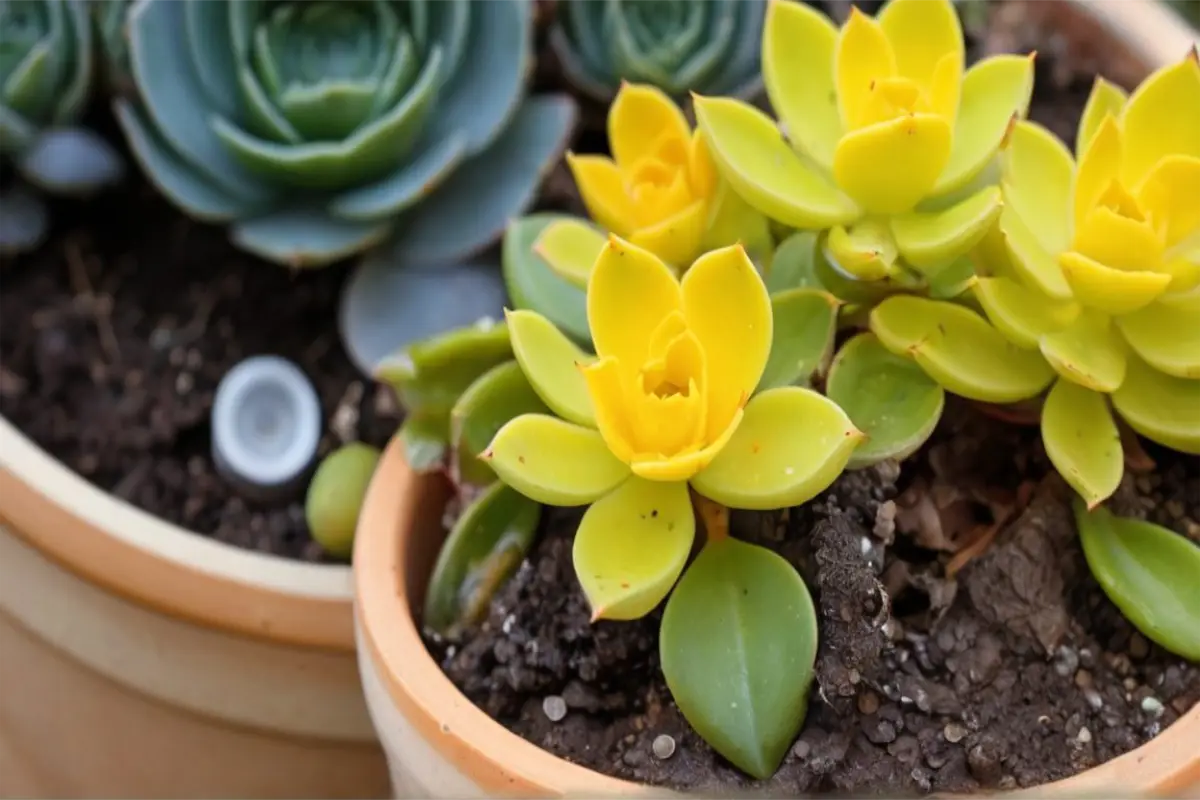
You may wonder how temperature affects the growth and dormancy of your succulents.
Temperature plays a crucial role in determining the speed at which your succulents grow and whether they enter dormancy.
Understanding these temperature impacts can help you better care for your succulents and ensure their overall health and well-being.
TempPro A52 Hygrometer Indoor Thermometer for Home with Comfort Level Indication Humidity Meter, Large Backlit Display Humidity Sensor with Max/Min Record for Greenhouse Basement Black
Temperature and Growth
Understanding how temperature influences the growth and health of succulents is crucial for cultivating thriving plants. Succulents display vibrant colors when exposed to specific temperature ranges. Extreme temperatures, below 40°F or above 90°F, can stress succulents, affecting their health.
Maintaining temperatures between 60°F to 80°F is ideal for optimal growth and well-being. High temperatures of 80°F to 90°F help retain deep colors, especially in softer succulent varieties. Cold temperatures intensify colors but freezing conditions below 40°F can be harmful.
Consistent monitoring of temperatures is essential to prevent stress and ensure the overall health of your succulents. Keep an eye on the thermometer to provide the best environment for your plants to thrive.

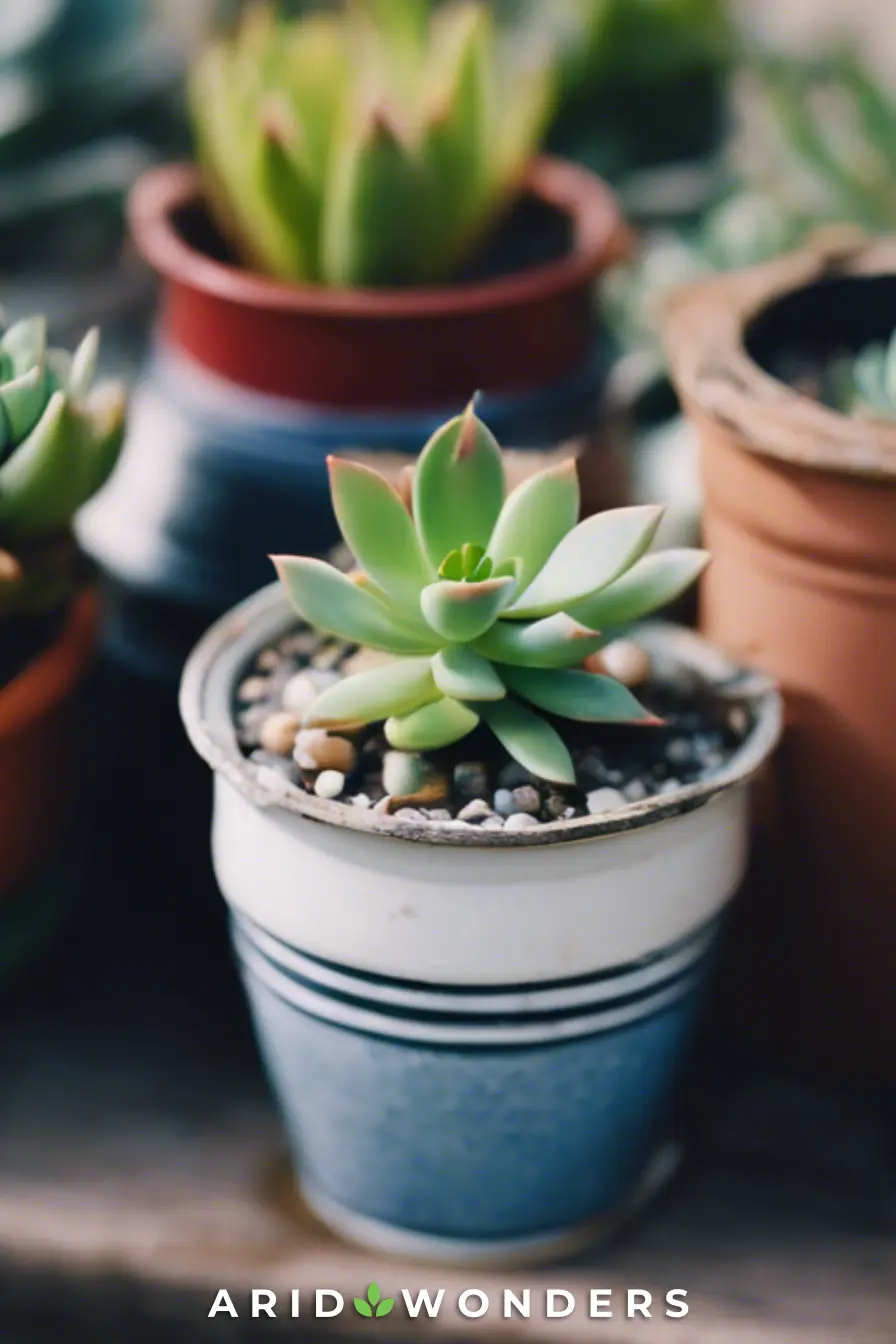
Temperature and Dormancy
Transitioning from temperature’s influence on growth to its impact on dormancy, cooler temperatures below 60°F trigger dormancy in succulents, leading to slowed growth and reduced water consumption. Extended periods of cold temperatures ranging below 60°F can induce dormancy in succulents, preparing them for seasonal changes and conserving energy.
Succulents like Sempervivum and Sedum require cooler temperatures to enter dormancy and thrive in their natural environment. Understanding the importance of cooler temperatures in triggering dormancy is crucial for maintaining the health and vitality of succulents.
Temperature Variations and Succulent Well-being
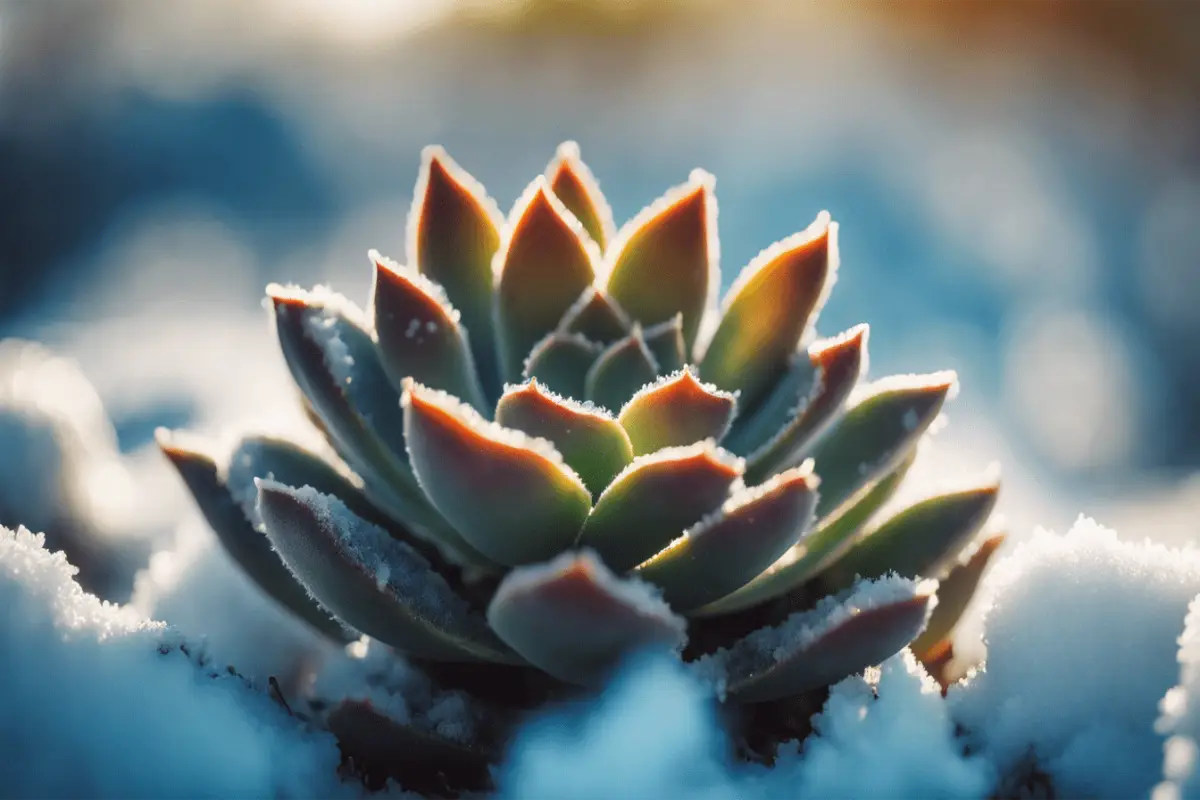
You must consider how temperature variations can impact the well-being of your succulents.
Fluctuations in heat and cold can stress your plants, leading to changes in color or even damage.
Understanding these effects will help you better care for your succulents and ensure they thrive in your garden.
Impact of Heat
In temperatures above 90°F, succulents may experience stress, leading to leaf shriveling and potential burn marks. High temperatures can cause sunburn for your succulents, affecting their overall health.
While succulents enjoy average temperatures between 60 to 80°F, extremely hot conditions can be harmful. Interestingly, high temperatures can intensify the colors of soft succulents, enhancing their beauty. However, sudden temperature spikes can be detrimental, impacting the well-being of your succulents.
It’s crucial to monitor temperature fluctuations consistently to prevent exposing your succulents to harmful heat levels. Remember, maintaining a suitable temperature range is essential for the optimal growth and health of your succulents.
SMARTRO SC42 Professional Digital Hygrometer Indoor Thermometer Room Humidity Gauge & Pro Accuracy Calibration
Cold Stress Effects
As temperatures drop, succulents may face cold stress effects that impact their well-being, potentially leading to color changes or dormancy. When dealing with freezing temperatures, it’s essential to consider the following:
- Extreme Cold: Freezing temperatures can cause water-storing leaves of succulents to freeze, leading to potential rot.
- Soft Succulents: These delicate plants may not withstand freezing temperatures well and should be brought indoors for protection.
- Cold-Hardy Succulents: While more resilient to low temperatures, they still require well-draining soil to avoid root rot issues.
- Hardiness Zones: Not all Sedum varieties are cold hardy, emphasizing the importance of checking hardiness zones for outdoor cultivation.
Maintaining Ideal Temperatures for Succulents
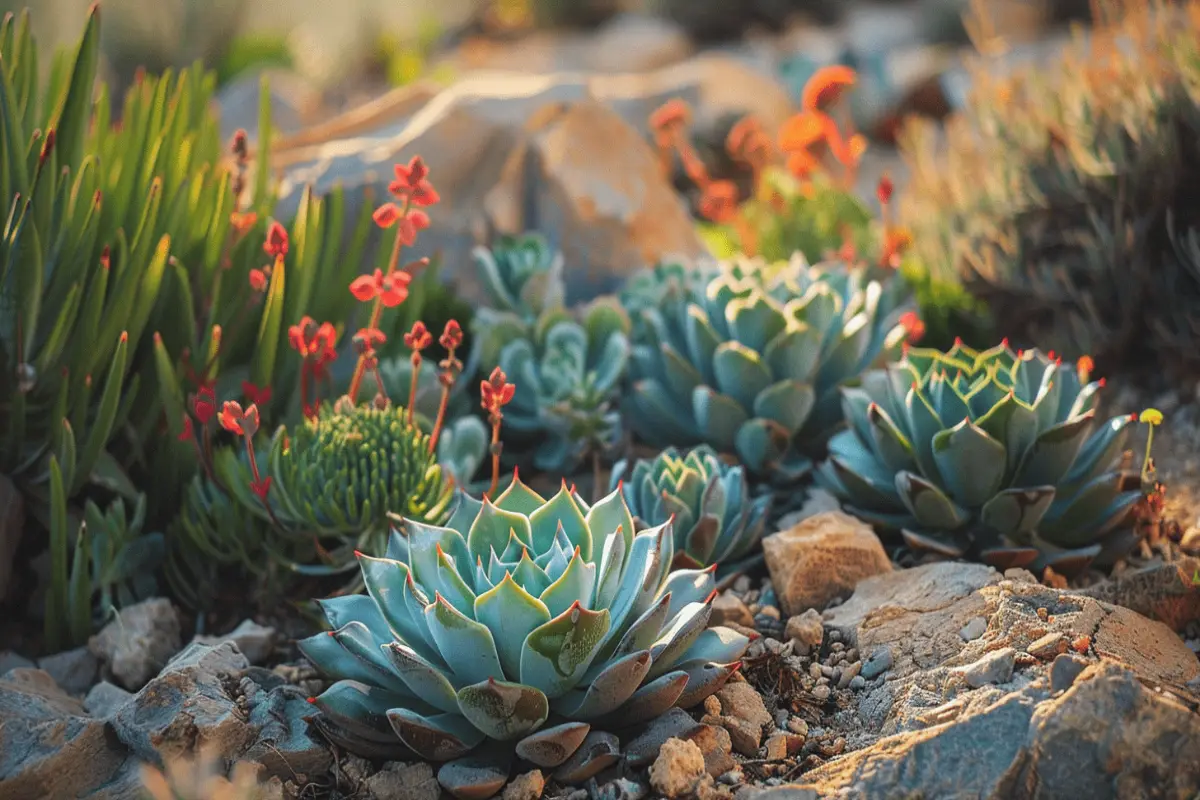
Maintaining ideal temperatures for succulents is crucial for their health and vibrant appearance. Cold temperatures can be harmful, leading to frost damage and potentially causing stress to your succulents. During hot weather, it’s essential to provide shade or cooler environments to prevent succulents from overheating.
In winter, it’s crucial to protect your succulents from extreme cold to ensure they thrive. Succulents are resilient, but their optimal temperature range of 40°F to 90°F should be maintained for their best growth.
Cacti, known for their ability to withstand harsh conditions, can maintain their deep colors even at 40°F. However, extreme temperatures of 90°F can accentuate colors in succulents, but it’s important to monitor and regulate these conditions.
Temperature Fluctuations and Succulent Care

For optimal growth and health of your succulents, ensuring stable temperatures within the preferred range of 60°F to 80°F is crucial. However, temperature fluctuations can impact your succulents more than you might realize. Here are some essential points to consider:
- USDA Hardiness Zone: Understand the specific hardiness zone your succulent belongs to. This will give you an idea of the temperature range it can tolerate.
- Shaded Area or Cover: Provide shade or cover during extreme temperature conditions to shield your succulents from direct exposure.
- Combination of High Temperatures: Some succulents thrive in a combination of high temperatures during the day and cooler temperatures at night. Research your specific succulent variety for these preferences.
- When the Temperature is Too Cold: If temperatures drop below the recommended range, consider bringing your succulents indoors or using protective measures to prevent damage.
Being mindful of these factors will help you create a more stable environment for your succulents, promoting their well-being and longevity.
Importance of Consistent Temperatures for Succulents
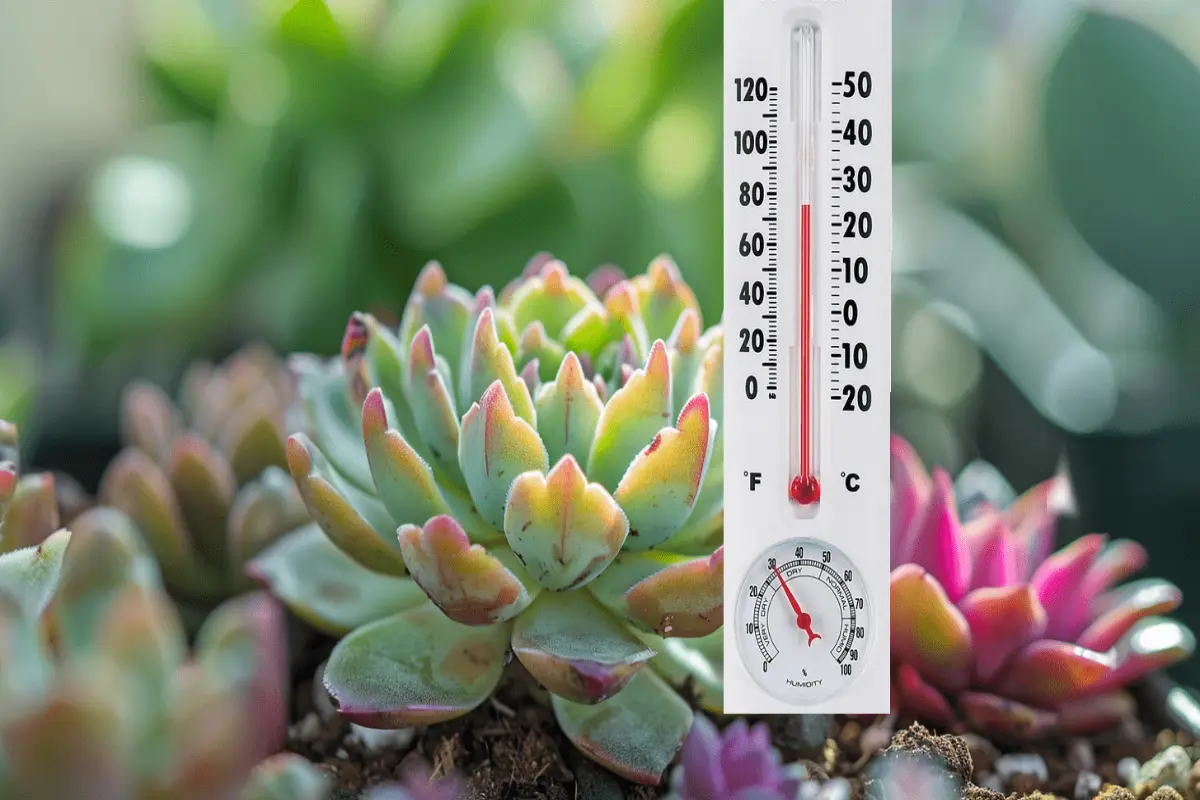
Consistent temperatures play a vital role in ensuring the optimal health and growth of succulents. Succulents prefer stable temperatures within the range of 60°F to 80°F to thrive without stress or color changes.
Fluctuating temperatures can be detrimental, leading to damage and impacting the overall growth of the plants. Succulents don’t handle sudden shifts in temperature well, especially extremes, as this can cause irreversible harm.
To keep succulents healthy, it’s essential to monitor and regulate temperatures diligently. Covering succulents during extreme weather conditions can help maintain a stable environment for them.
Succulents also prefer dry soil and consistent temperatures to prevent issues like root rot. By ensuring that temperatures remain steady within the ideal range, you can provide the best conditions for your succulents to flourish and grow successfully.
GoveeLife Hygrometer Thermometer H5104 2Pack, Bluetooth Room Temperature Monitor with APP Alert and 2 Years Date Storage Export, Remote LCD Digital Hygrometer Indoor Humidity Meter, Greenhouse
Frequently Asked Questions
What Temp Is Too Cold for Succulents?
When it comes to succulents, too cold a temperature can harm them. Freezing conditions below 32°F can cause damage like rotting leaves. Protect your succulents by bringing them indoors during extreme cold to prevent freezing and maintain their health.
Can a Succulent Get Too Much Sun?
Yes, succulents can get too much sun, leading to sunburn and damage like discoloration, browning, and wilting. To prevent this, gradually expose them to more sunlight, provide shade or use sheer curtains, and monitor for signs of stress.
Do Succulents Like Full Hot Sun?
In full hot sun, succulents can suffer from sunburn, leaf damage, and stress due to high temperatures. Placing them in shaded spots during the hottest parts of the day helps prevent issues. Optimal temperature range for succulents is 60°F to 80°F.
Do Succulents Prefer Morning or Afternoon Sun?
You’ll find succulents thrive best with morning sun. It’s gentle, preventing sunburn and dehydration. Avoid harsh afternoon sun to prevent leaf damage and stress. Optimal placement includes morning sun and partial afternoon shade for vibrant, healthy succulents.
